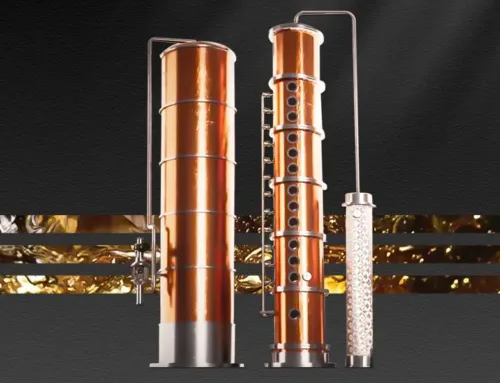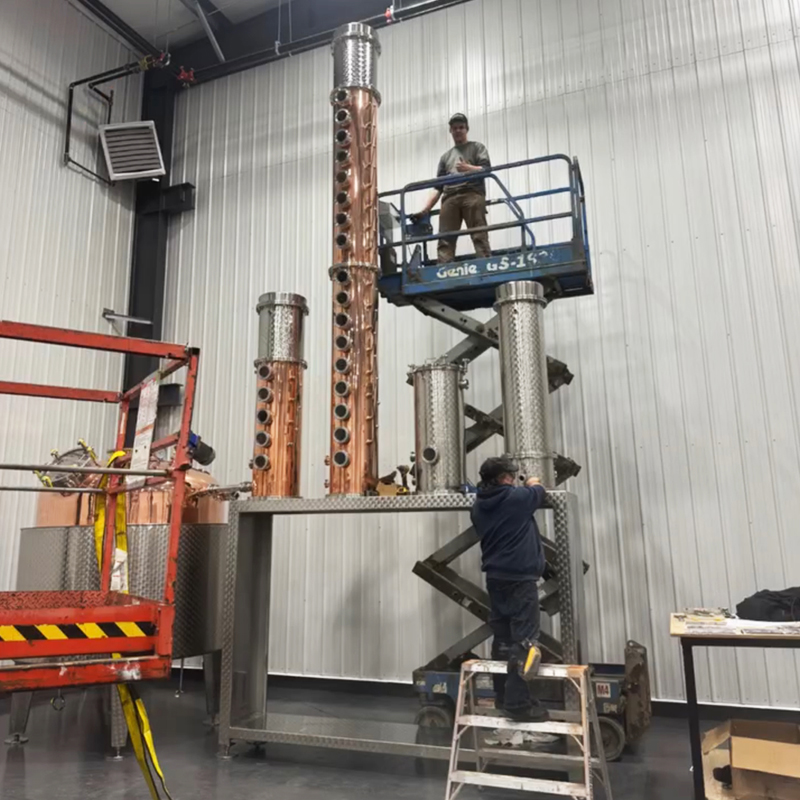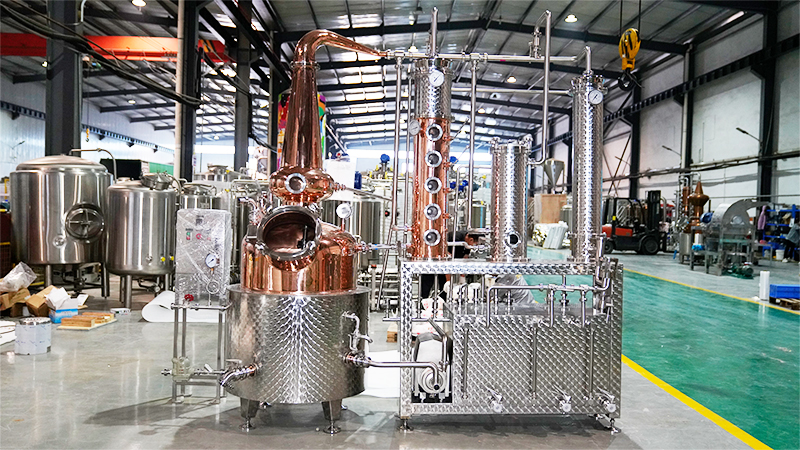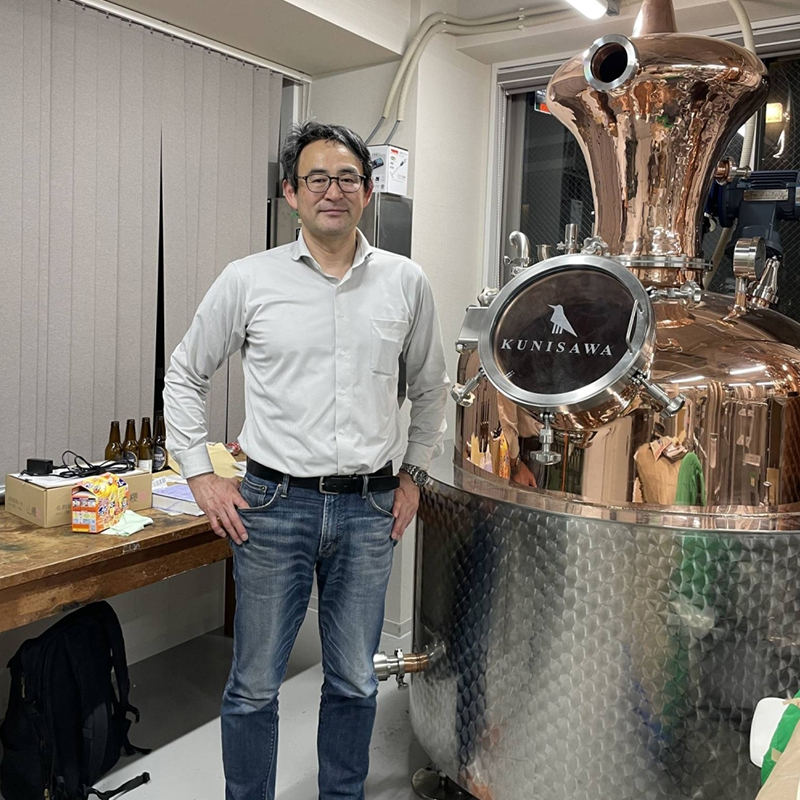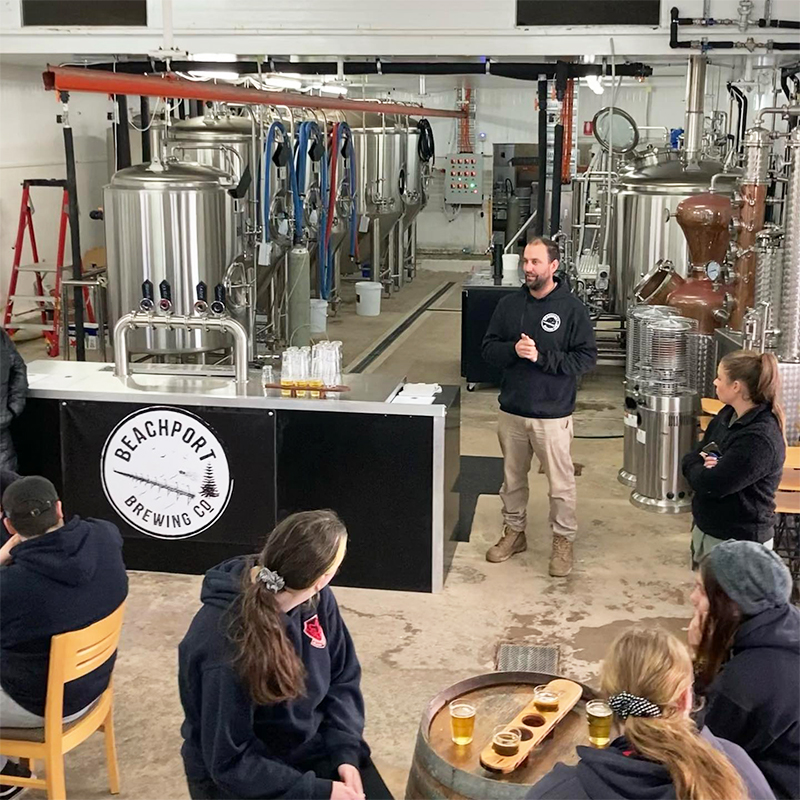
Why Copper Pot Stills Remain a Rum Distiller’s Choice
In the world of rum distilling, there is one piece of equipment that has stood the test of time – the copper pot still. Despite the advancements in modern distilling technology, copper pot stills remain the preferred choice of many rum producers, both traditional and artisanal. Their enduring popularity is not only due to their simple and efficient design, but also their unique ability to enhance the flavor and quality of the final liquid.
A traditional pot still consists of three main parts
The pot (boiler) – This is the bottom of the fermented lees or “slops” that are heated. The pot is usually a large pot with a flat bottom that sits over a direct heat source, such as a hot plate or flame. As the lees heat, the alcohol, which has a lower boiling point than water, evaporates first and separates from the heavier compounds.
Onion Head and Swan Neck (Lynn Arm) – Alcohol vapors rise to the bulbous onion head and begin to condense. The vapors then flow through the swan neck or lynn arm, a curved pipe that directs the vapors to the condenser. The design and material of the swan neck is critical to the characteristics of the final distillate. A narrower diameter copper swan neck that slopes upwards produces a lighter, more delicate spirit, while a wider diameter or downward-sloping swan neck produces a richer, fuller body.
Condenser and Coils (Scrolls) – The vapors eventually enter a cooling coil immersed in cold water inside the condenser. This process condenses the vapors back into liquid form, which is then collected as distilled rum.

Why Copper is the Material of Choice for Rum Distillation
Copper has been the traditional material of choice for stills for centuries. While both copper and stainless steel have good thermal conductivity and corrosion resistance, copper has several other advantages that make it invaluable in rum production:
Removes sulfur for a purer spirit: During the fermentation and distillation process, sulfur compounds are produced. These compounds can produce unpleasant aromas and flavors. Copper reacts chemically with these sulfur compounds to form copper sulfate, which remains in the still instead of entering the distilled spirit. After distillation, these residues can be easily removed, leaving behind a purer, smoother rum.
Enhanced flavor: The chemical reaction between the copper and the distillate not only purifies the vapors, but also enhances their complexity and character. Rum distilled in copper pot stills generally has a deeper, richer flavor and a more refined mouthfeel than spirits distilled in stainless steel.
Improved heat control: Copper distributes heat evenly, reducing the risk of scorching the spirit and making the distillation process more stable.
Why pot stills remain popular in rum production
While column stills are more efficient for large-scale production, pot stills offer unparalleled craft and flavor retention. They are particularly favored by artisan distillers and premium rum brands who value quality over volume. Here’s why: Pot stills are relatively simple to operate and maintain. Distillers have more manual control over temperature and time, allowing them to fine-tune the flavor of each batch of rum. Concentrates flavor: Unlike continuous stills, pot stills do not remove congeners (flavor compounds in the spirit). This results in a fuller, more distinctive rum that reflects the unique qualities of the ingredients and fermentation process. Tradition and Heritage: Many distillers choose copper pot stills not only for their functionality, but also for their symbolism. They represent a commitment to traditional craftsmanship and artisanal quality.
The continued use of copper pot stills in rum distilling is a testament to their effectiveness and versatility. By combining ancient techniques with the subtle science of copper, rum makers are able to create spirits with depth, complexity and extraordinary flavor. Whether you are a home brewer or a master blender at a premium distillery, copper pot stills remain an essential tool for crafting high-quality, full-flavored rum.



